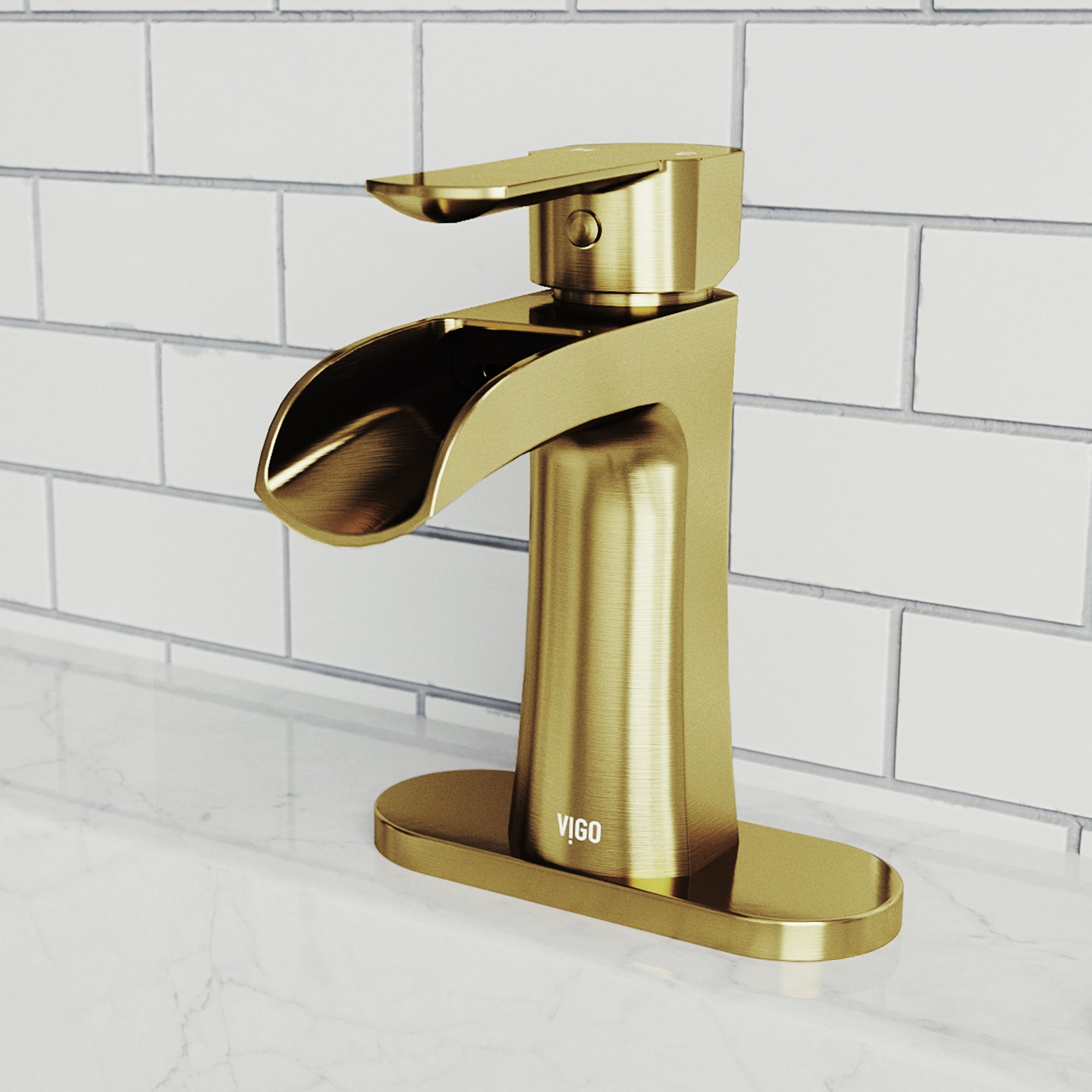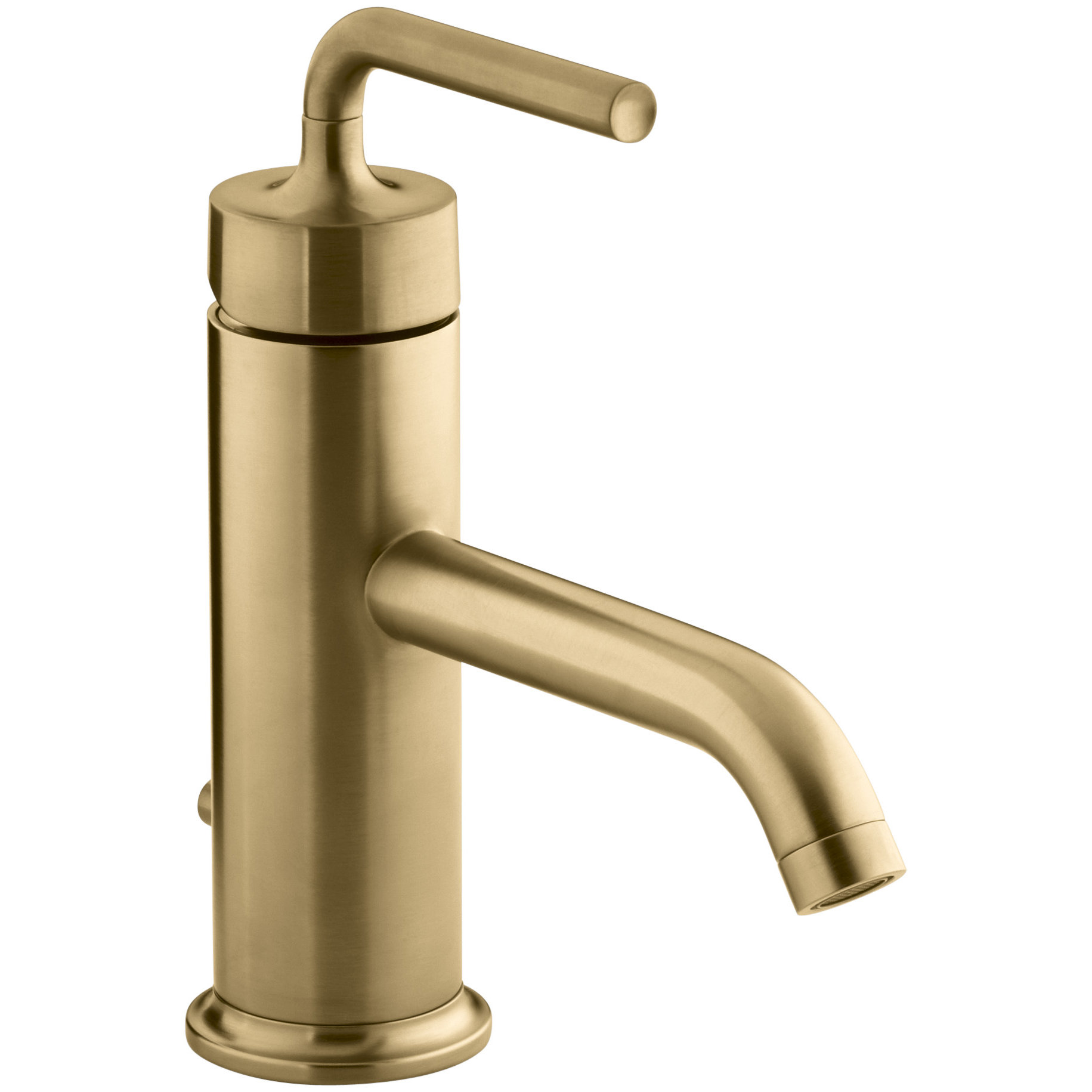Types of Single-Hole Bathroom Vanities

Single-hole bathroom vanities offer a sleek and modern aesthetic, simplifying the design and enhancing the overall look of your bathroom. These vanities are characterized by a single faucet hole, eliminating the need for multiple holes and providing a streamlined appearance. With a wide range of materials, styles, and designs, single-hole bathroom vanities cater to diverse preferences and bathroom aesthetics.
Types of Single-Hole Bathroom Vanities
The types of single-hole bathroom vanities are categorized based on their construction materials and design styles.
- Wood Vanities: Wood vanities are popular for their natural beauty, durability, and versatility. They can be crafted from various wood species, including oak, maple, cherry, and walnut, each offering unique grain patterns and colors. Wood vanities are available in traditional, contemporary, and transitional styles, allowing them to seamlessly blend with different bathroom aesthetics.
- Ceramic Vanities: Ceramic vanities are known for their elegant and sophisticated appearance. They are typically made from porcelain or ceramic, offering a smooth, non-porous surface that is easy to clean and maintain. Ceramic vanities are often available in a wide range of colors and finishes, including white, black, gray, and various shades of beige. They are commonly found in traditional, contemporary, and transitional styles.
- Metal Vanities: Metal vanities, often made from stainless steel, aluminum, or brass, offer a modern and industrial look. They are known for their durability, resistance to rust and corrosion, and easy maintenance. Metal vanities are commonly found in contemporary and modern styles, adding a touch of sophistication and industrial charm to the bathroom.
Advantages and Disadvantages of Single-Hole Bathroom Vanities
Single-hole bathroom vanities offer a unique blend of style and functionality, but it’s important to consider their advantages and disadvantages before making a decision.
- Advantages:
- Sleek and Modern Design: Single-hole vanities offer a minimalist and contemporary aesthetic, simplifying the design and enhancing the overall look of the bathroom.
- Easy Installation: With a single faucet hole, installation is straightforward, requiring fewer steps and potentially less time compared to multi-hole vanities.
- Wide Range of Faucets: Single-hole vanities accommodate a vast selection of faucets, offering a wide range of styles, finishes, and functionalities to match your preferences.
- Versatility: Single-hole vanities are versatile and can be incorporated into various bathroom designs, from traditional to modern, seamlessly blending with different aesthetics.
- Disadvantages:
- Limited Faucet Options: While offering a wide range of faucets, some specific styles, such as widespread or centerset faucets, may not be compatible with single-hole vanities.
- Potential for Water Damage: If the faucet is not properly installed or maintained, it can lead to leaks and water damage, potentially affecting the vanity and surrounding areas.
- Higher Cost: Single-hole vanities, particularly those made from premium materials like wood or metal, can be more expensive compared to their multi-hole counterparts.
Comparison of Single-Hole Bathroom Vanity Types, Bathroom vanity single hole
| Type | Material | Style | Advantages | Disadvantages |
|---|---|---|---|---|
| Wood Vanity | Oak, Maple, Cherry, Walnut | Traditional, Contemporary, Transitional | Natural beauty, durability, versatility | Higher cost, requires maintenance |
| Ceramic Vanity | Porcelain, Ceramic | Traditional, Contemporary, Transitional | Elegant appearance, easy to clean, affordable | Susceptible to scratches and chips |
| Metal Vanity | Stainless Steel, Aluminum, Brass | Contemporary, Modern | Durable, rust-resistant, easy maintenance | Higher cost, may require special cleaning agents |
Choosing the Right Single-Hole Vanity

Selecting the perfect single-hole bathroom vanity is a crucial step in creating a functional and stylish bathroom space. It involves carefully considering various factors to ensure the vanity seamlessly integrates with your bathroom’s size, layout, and your personal design preferences.
Factors to Consider When Choosing a Single-Hole Vanity
When choosing a single-hole vanity, several key factors play a vital role in ensuring a successful selection. These factors encompass aspects like sink size, cabinet storage space, countertop material, and the relationship between vanity style and overall bathroom design aesthetics.
- Sink Size: The sink size should be appropriate for the bathroom’s size and usage frequency. For smaller bathrooms, a compact sink can maximize space, while larger bathrooms can accommodate larger sinks for increased functionality.
- Cabinet Storage Space: Adequate storage space is essential for keeping bathroom essentials organized. Consider the amount of storage required based on the bathroom’s size and the number of users.
- Countertop Material: Countertop material selection should be based on durability, aesthetics, and maintenance requirements. Popular choices include granite, marble, quartz, and laminate, each offering unique benefits and drawbacks.
- Vanity Style: The vanity style should complement the overall bathroom design aesthetics. Traditional bathrooms may favor classic vanities with intricate details, while modern bathrooms may prefer sleek and minimalist designs.
Installing a Single-Hole Bathroom Vanity: Bathroom Vanity Single Hole

Installing a single-hole bathroom vanity is a rewarding project that can transform your bathroom’s look and feel. With careful planning and the right tools, you can achieve a professional-looking installation. This guide will provide step-by-step instructions to help you through the process.
Plumbing Connections
Before you begin, turn off the water supply to the bathroom. Then, disconnect the existing supply lines from the old vanity. Next, carefully remove the old vanity, making sure to avoid damaging the surrounding walls or flooring. Once the old vanity is removed, it’s time to connect the new vanity’s plumbing.
First, install the new supply lines, ensuring they are securely attached to the shut-off valves and the vanity’s plumbing connections. Remember to use Teflon tape on the threads to prevent leaks.
- Use a pipe wrench to tighten the supply lines, but avoid overtightening, which can damage the pipes.
- Ensure the supply lines are long enough to reach the vanity’s plumbing connections without strain.
- Double-check all connections for leaks by turning the water back on and carefully inspecting the plumbing.
Countertop Installation
Installing the countertop is a crucial step that requires precision and attention to detail. The countertop should be level and properly secured to the vanity base.
- Position the countertop on the vanity base, ensuring it is centered and aligned with the walls.
- Use a level to check for evenness in both directions. Adjust the countertop’s position as needed to ensure it is level.
- Secure the countertop to the vanity base using the appropriate fasteners, such as screws or clamps.
- Apply a bead of silicone sealant around the edges of the countertop where it meets the vanity base to prevent water damage.
Cabinet Assembly
Most single-hole bathroom vanities come with pre-assembled cabinets, but some may require assembly. If you need to assemble the cabinet, carefully follow the manufacturer’s instructions.
- Use a screwdriver or drill to assemble the cabinet according to the instructions.
- Ensure all screws and fasteners are securely tightened to prevent the cabinet from coming apart.
- Double-check the assembly before attaching the countertop to the cabinet.
